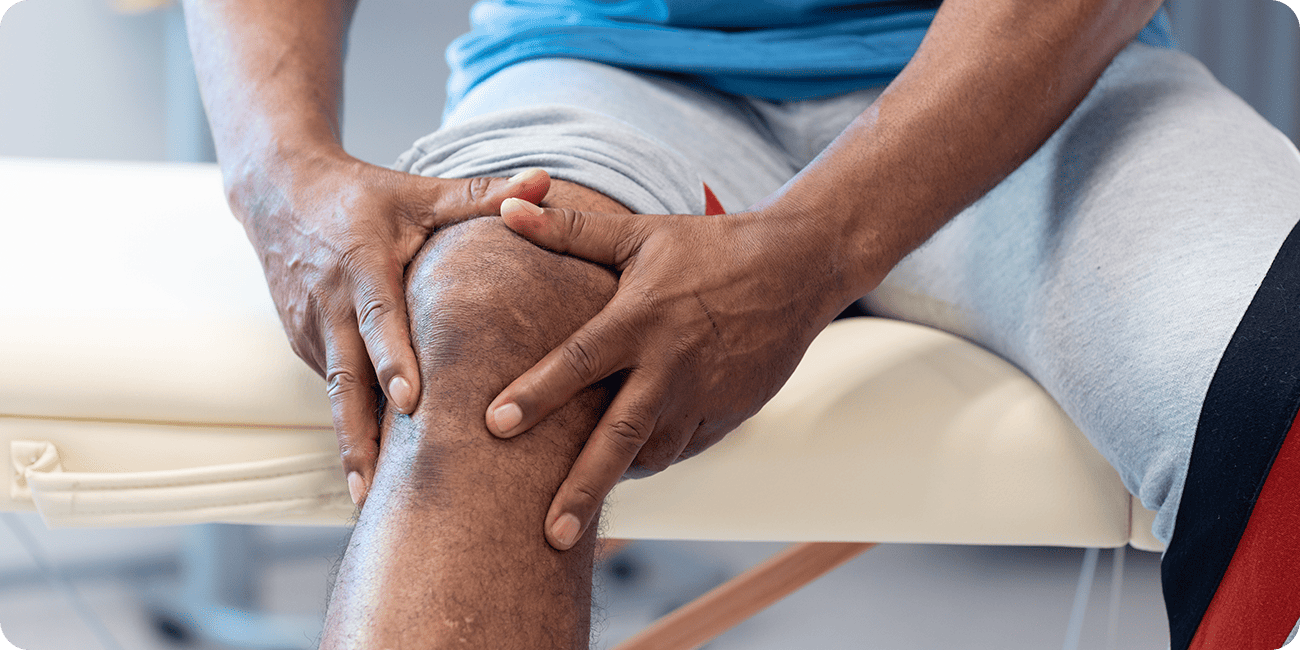Chondral Injury
- Home
- Conditions
- Chondral Injury
Call Now!
Contents

A chondral injury refers to damage to the cartilage that covers the end of bones in a joint. This specialized tissue provides a smooth, gliding surface that allows for pain-free movement. Unlike other tissues in the body, cartilage lacks blood vessels, which significantly limits its ability to heal naturally when damaged.
Chondral injuries commonly affect weight-bearing joints, particularly the knee, though they can occur in any joint including the ankle, hip, and shoulder. These injuries range from small cracks or fissures to complete pieces of cartilage breaking away from the bone, sometimes taking a fragment of the underlying bone with it (known as an osteochondral injury).
The impact of these injuries shouldn’t be underestimated – even small defects can disrupt the joint’s biomechanics and potentially accelerate wear and tear over time. It’s important to understand that this is how osteoarthritis begins – what starts as a small cartilage injury can progress to widespread joint degeneration if not properly addressed.
The manifestation of chondral injury symptoms varies considerably among individuals. Some people experience pronounced discomfort while others may have significant cartilage damage with minimal symptoms. Common indicators include:
Interestingly, the severity of symptoms doesn’t always correlate with the extent of cartilage damage. Small lesions in weight-bearing areas can cause substantial discomfort, while larger defects in non-weight-bearing regions might go unnoticed.
Chondral injuries typically stem from two primary mechanisms:
Traumatic injuries: These occur suddenly due to:
Degenerative changes: These develop gradually through:
Several factors increase the likelihood of sustaining cartilage damage:
When left untreated, chondral injuries can lead to several complications:
Diagnosing cartilage damage requires a comprehensive approach:
Clinical evaluation:
Imaging studies:
Arthroscopy:
Treatment approaches vary based on the injury’s severity, location, and the patient’s age, activity level, and goals:
Conservative management:
Surgical interventions:
If you’re experiencing symptoms that might indicate a chondral injury, don’t delay seeking expert care. Our specialized orthopaedic team at KLSMC has extensive experience diagnosing and treating cartilage injuries using the latest techniques and technologies.
Schedule an appointment with our doctors by calling +603-2096 1033 or clicking on our contact us link. KLSMC attracts international patients from across the region to Malaysia’s thriving medical tourism sector, known for combining high-quality treatment with exceptional value.
KLSMC is a specialist hospital based in Kuala Lumpur, Malaysia, with a strong focus on orthopaedics, regenerative treatments, and physiotherapy rehabilitation. Our dedicated team of medical professionals is committed to helping patients regain mobility and enhance their quality of life through personalised and evidence-informed care.
Our Services
Patients & Visitors
Resources
KLSMC is a specialist hospital based in Kuala Lumpur, Malaysia, with a strong focus on orthopaedics, regenerative treatments, and physiotherapy rehabilitation. Our dedicated team of medical professionals is committed to helping patients regain mobility and enhance their quality of life through personalised and evidence-informed care.
Our Services
Patient & Visitors
Resources